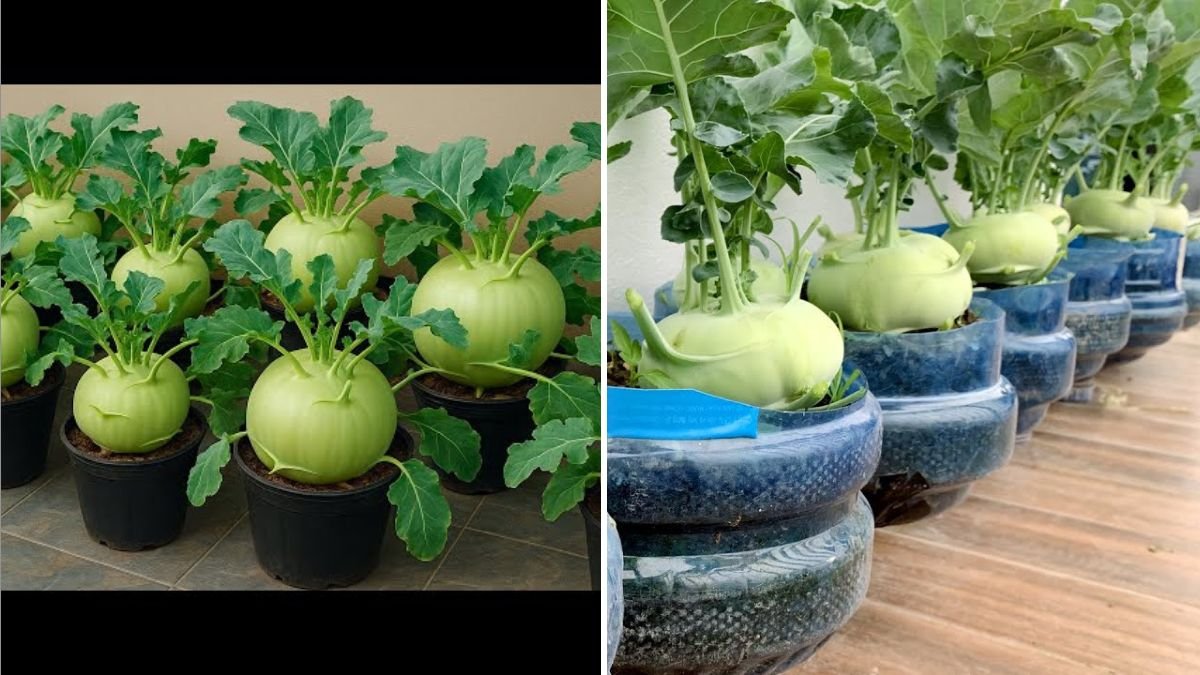Kohlrabi, often called the “German turnip”, is a versatile and nutrient-packed vegetable gaining popularity in American kitchens. With its crisp texture, mild flavor, and subtle sweetness, kohlrabi is perfect for salads, slaws, stir-fries, and roasted vegetable dishes. Whether you’re a health-conscious eater, a culinary adventurer, or looking to add variety to your meals, kohlrabi is a must-try vegetable.
This guide will explore everything about kohlrabi: from its nutritional benefits and culinary uses to preparation tips and creative recipes for your next meal.
What is Kohlrabi?
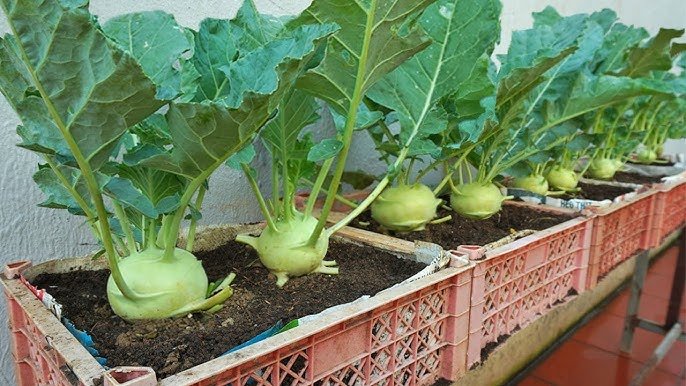
Kohlrabi is a member of the Brassicaceae family, which includes broccoli, cabbage, and cauliflower. Its name comes from the German words “kohl” (cabbage) and “rübe” (turnip), reflecting its unique appearance: a round, bulbous stem with leafy greens sprouting from the top.
It comes in green and purple varieties, both edible, with the interior flesh pale and crisp, similar to a broccoli stem or mild radish. The flavor is slightly sweet, peppery, and mild, making it versatile for both raw and cooked dishes.
Pro Tip: Smaller kohlrabi bulbs tend to be tender and sweeter, while larger bulbs may be slightly woody and are better suited for roasting or braising.
Nutritional Benefits of Kohlrabi
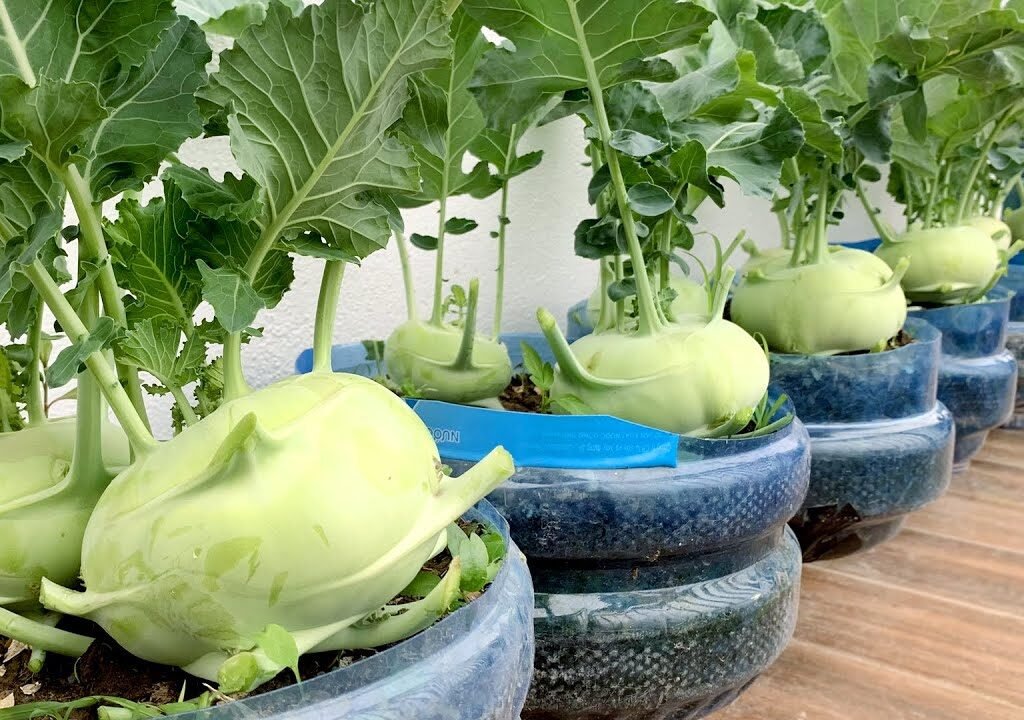
Kohlrabi is not only delicious but also highly nutritious:
- Low in Calories: Only about 36 calories per cup, making it ideal for weight-conscious diets.
- High in Fiber: Supports digestive health and keeps you full longer.
- Vitamin C: Boosts immunity and supports healthy skin.
- Potassium: Helps regulate blood pressure and maintains heart health.
- Antioxidants: Protect cells from oxidative stress and inflammation.
- B Vitamins: Supports energy metabolism and overall wellness.
Pro Tip: Eating kohlrabi raw preserves most of its nutrients, while lightly steaming or roasting maintains flavor and texture without significant nutrient loss.
Health Benefits of Kohlrabi
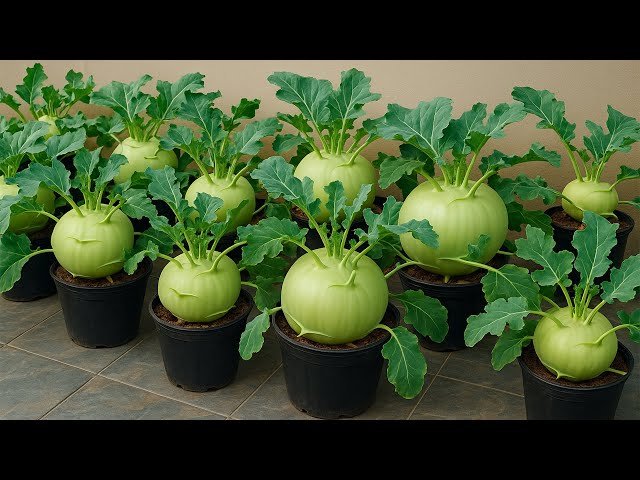
- Supports Digestive Health: High fiber content aids in digestion and promotes regular bowel movements.
- Boosts Immunity: Vitamin C strengthens the immune system and helps fight infections.
- Heart Health: Potassium helps regulate blood pressure and reduces the risk of cardiovascular issues.
- Weight Management: Low in calories and high in fiber, making it a filling, nutrient-dense option.
- Antioxidant Protection: Phytochemicals in kohlrabi protect against oxidative stress and inflammation.
Pro Tip: Incorporate kohlrabi into your diet regularly for balanced nutrition and disease prevention.
How to Prepare Kohlrabi

Kohlrabi is versatile and can be used in many cooking methods:
- Raw: Slice thinly or julienne for salads, slaws, or crudité platters.
- Roasted: Toss cubes with olive oil, salt, pepper, and herbs; roast until tender and caramelized.
- Sautéed: Lightly cook with garlic and olive oil for a warm side dish.
- Steamed or Boiled: Softens the kohlrabi, ideal for soups or mashes.
- Pickled: Adds a tangy crunch to sandwiches, bowls, and appetizers.
Pro Tip: Peel the outer skin if it feels tough, especially for larger bulbs. Leaves are edible too and can be sautéed like kale or spinach.
Kohlrabi Recipes to Try
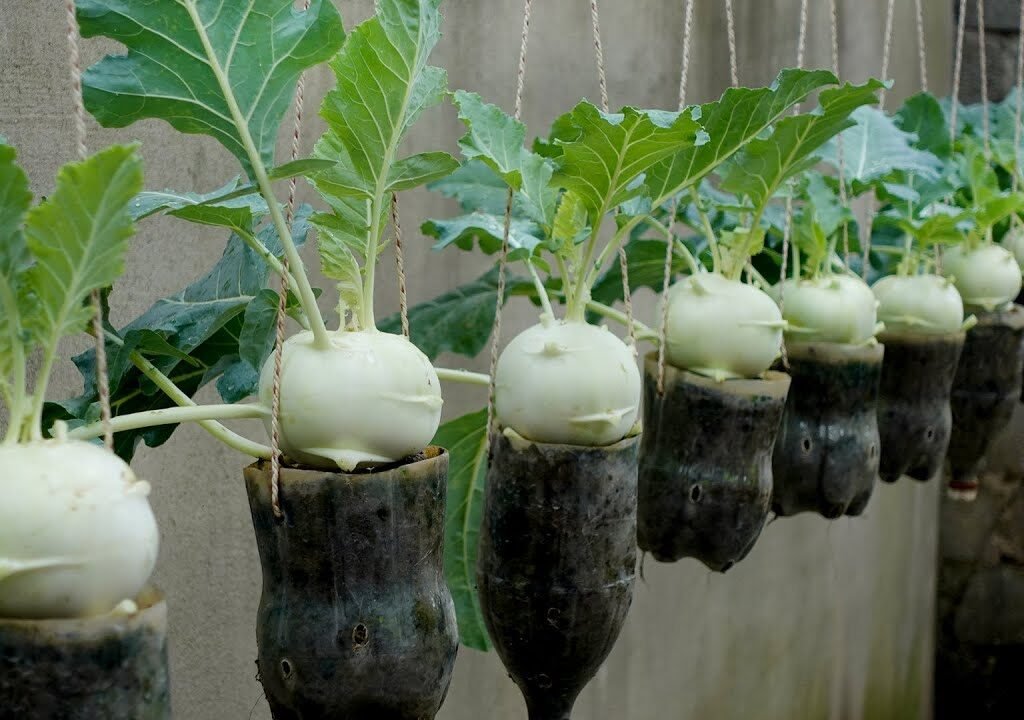
Here are some delicious ways to enjoy kohlrabi:
1. Kohlrabi Slaw
- Julienne kohlrabi, carrots, and apple.
- Toss with a light dressing of olive oil, lemon juice, and honey.
- Garnish with fresh herbs and sesame seeds for crunch and flavor.
2. Roasted Kohlrabi and Carrots
- Cube kohlrabi and carrots, toss with olive oil, salt, pepper, and rosemary.
- Roast at 400°F for 25–30 minutes until caramelized.
- Serve as a side dish with roasted meats or grains.
3. Sautéed Kohlrabi Greens
- Chop the greens and sauté with garlic and olive oil.
- Add a pinch of chili flakes and lemon juice for flavor.
- Serve as a nutrient-rich side dish.
4. Kohlrabi Soup
- Boil peeled and chopped kohlrabi with onion, garlic, and vegetable broth.
- Blend until smooth and creamy.
- Add cream or coconut milk for richness and garnish with herbs.
5. Pickled Kohlrabi
- Slice thinly and mix with vinegar, sugar, salt, and mustard seeds.
- Refrigerate for a few hours for a tangy, crunchy snack.
- Great for topping sandwiches, tacos, or grain bowls.
Pro Tip: Combine kohlrabi with other root vegetables like carrots, beets, or parsnips for added flavor, color, and nutrition.
Storage Tips for Kohlrabi
Proper storage ensures freshness and longevity:
- Store unpeeled kohlrabi bulbs in a plastic bag in the refrigerator.
- Use within 1–2 weeks for the best taste and texture.
- Store cut or peeled kohlrabi in water in an airtight container for 2–3 days.
- Kohlrabi leaves can be stored separately in a damp paper towel for 3–4 days.
Pro Tip: Avoid storing near ethylene-producing fruits like apples or bananas to prevent premature spoilage.
Why Kohlrabi is Gaining Popularity in American Kitchens
Kohlrabi is increasingly popular in the U.S. because:
- Healthy Eating Trends: Low-calorie, high-fiber, and nutrient-dense.
- Versatility in Cooking: Can be eaten raw, roasted, sautéed, or pickled.
- Culinary Creativity: Works well in fusion recipes, slaws, stir-fries, and grain bowls.
- Kid-Friendly: Mild flavor makes it a great way to sneak in extra vegetables.
Pro Tip: Try adding thinly sliced kohlrabi to sandwiches, wraps, or tacos for a crunchy, nutritious boost.
Fun Facts About Kohlrabi
- Kohlrabi’s name comes from German, meaning “cabbage turnip.”
- Both the bulb and leaves are edible, maximizing nutrition.
- It’s a cool-season crop, thriving in spring and fall.
- Kohlrabi can grow large bulbs up to 4–5 inches in diameter, but smaller ones are sweeter.
- It has been used for centuries in European and Asian cuisine for soups, stews, and salads.
Conclusion: Why You Should Add Kohlrabi to Your Diet
Kohlrabi is a nutritious, versatile, and delicious vegetable that deserves a spot in every kitchen. With its crunchy texture, mild flavor, and impressive nutrient profile, it can be used in a variety of dishes—from fresh salads and slaws to roasted vegetables, soups, and stir-fries.
Incorporating kohlrabi into your meals offers:
- High fiber and low calories for healthy weight management.
- Rich vitamins and antioxidants for overall wellness.
- Culinary versatility to create fresh, colorful, and flavorful dishes.
Whether you are experimenting with new vegetables, eating healthier, or exploring international cuisines, kohlrabi is an easy, delicious, and nutrient-packed choice. Its ability to adapt to raw, cooked, or pickled preparations makes it perfect for any meal or dietary preference.
